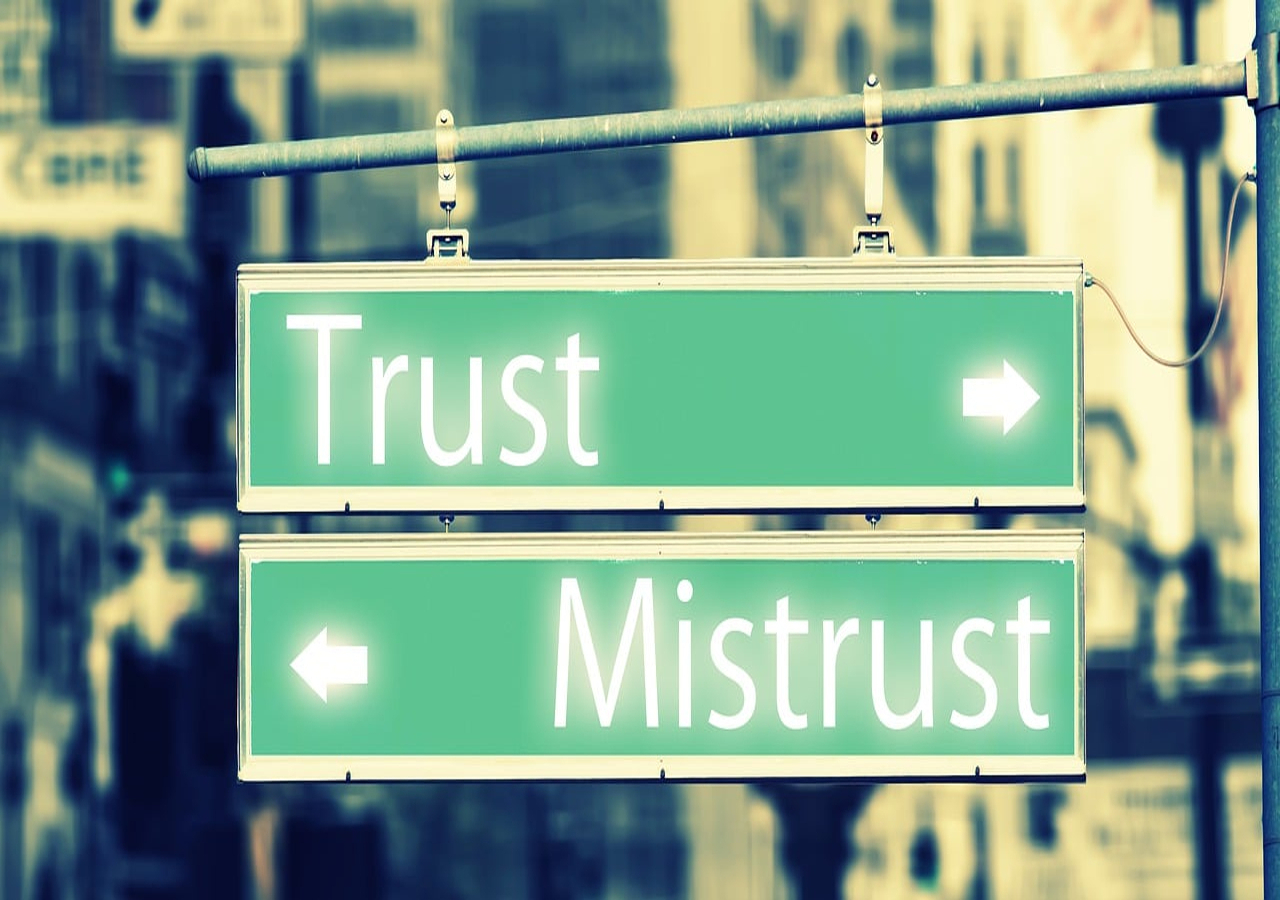
Dealing with Paranoia: Strategies for Addressing Irrational Suspicions and Mistrust of Others
Introduction 1
Unveiling the Hidden Pathways: Mastering Your Triggers 3
Unveiling Truth: Building Bridges through Open Communication 5
Clarity of Mind: Harnessing the Power of Mindfulness and Meditation 7
Embracing Healing: Nurturing Mental Well-being through Professional Support 9
Nurturing Wellness: Cultivating a Balanced Lifestyle for Overcoming Paranoia 11
Embracing Solidarity: Nurturing Meaningful Connections for Inner Peace 14
Unveiling the Truth: Harnessing Reality-Checking Techniques to Conquer Irrational Suspicions 16
Building Empathy: Fostering Understanding through Mental Health Education 18
Embracing Empathy: Nurturing Self-Compassion to Overcome Paranoia 20
Embracing the Journey: Nurturing Personal Growth through Ongoing
Reflection and Adaptation 22
Conclusion: Overcoming Paranoia and Fostering Healthy Relationships 24
Listen to the Audio Book taster HERE
Introduction
In a world where trust and open communication form the bedrock of healthy relationships, struggling with paranoia can be an isolating experience. If you find yourself dealing with irrational suspicions or mistrust of others, it can severely impact your mental well-being and social interactions. It's vital to address these feelings, enhance your understanding of paranoia, and develop healthy coping mechanisms. This article aims to provide valuable strategies to help you navigate paranoia and foster a sense of trust, improving your relationships and overall well-being.
Unveiling the Hidden Pathways: Mastering Your Triggers
Introduction:
In our journey towards overcoming fears and embracing personal growth, understanding the triggers that fuel our fears is a crucial step. By delving into the depths of our emotions and introspecting on the root causes of our suspicions and irrational mistrust, we gain the power to manage and conquer them. In this section, we explore the process of unraveling your triggers, enabling you to navigate through life with newfound confidence and clarity.
Unmasking the Triggers:
Triggers are the catalysts that set off a cascade of emotions, thoughts, and behaviors associated with paranoia. By diligently examining your experiences and reactions, you can shed light on these triggers, empowering yourself to regain control over your responses. Here are a few practical examples to help illustrate the process:
1. Social Interactions:
One trigger for paranoia might be social interactions, particularly in large gatherings or unfamiliar environments. Through self-reflection, you may recognize that crowded spaces or situations where you feel socially vulnerable provoke feelings of suspicion and mistrust. Armed with this knowledge, you can develop strategies to manage such triggers, such as practicing deep breathing exercises or gradually exposing yourself to similar situations to build resilience.
2. Personal Relationships:
Another common trigger for paranoia could stem from personal relationships. Perhaps you've experienced betrayal or deception in the past, leading to an underlying fear of being hurt again. Identifying this trigger allows you to work on building trust and open communication with your loved ones, gradually replacing doubt with a healthier mindset.
3. Work Environment:
In some cases, the workplace can act as a trigger for paranoia, especially when you're surrounded by competition or encounter challenging situations that test your abilities. By reflecting on these triggers, you might discover that your fear of being judged or overlooked amplifies your suspicions towards colleagues or superiors. Taking proactive steps, such as………………
Listen to the Audio Book taster HERE
Read the rest of this and other “Coping Strategy Handbooks” & their associated “Audio Books” in the Members area HERE